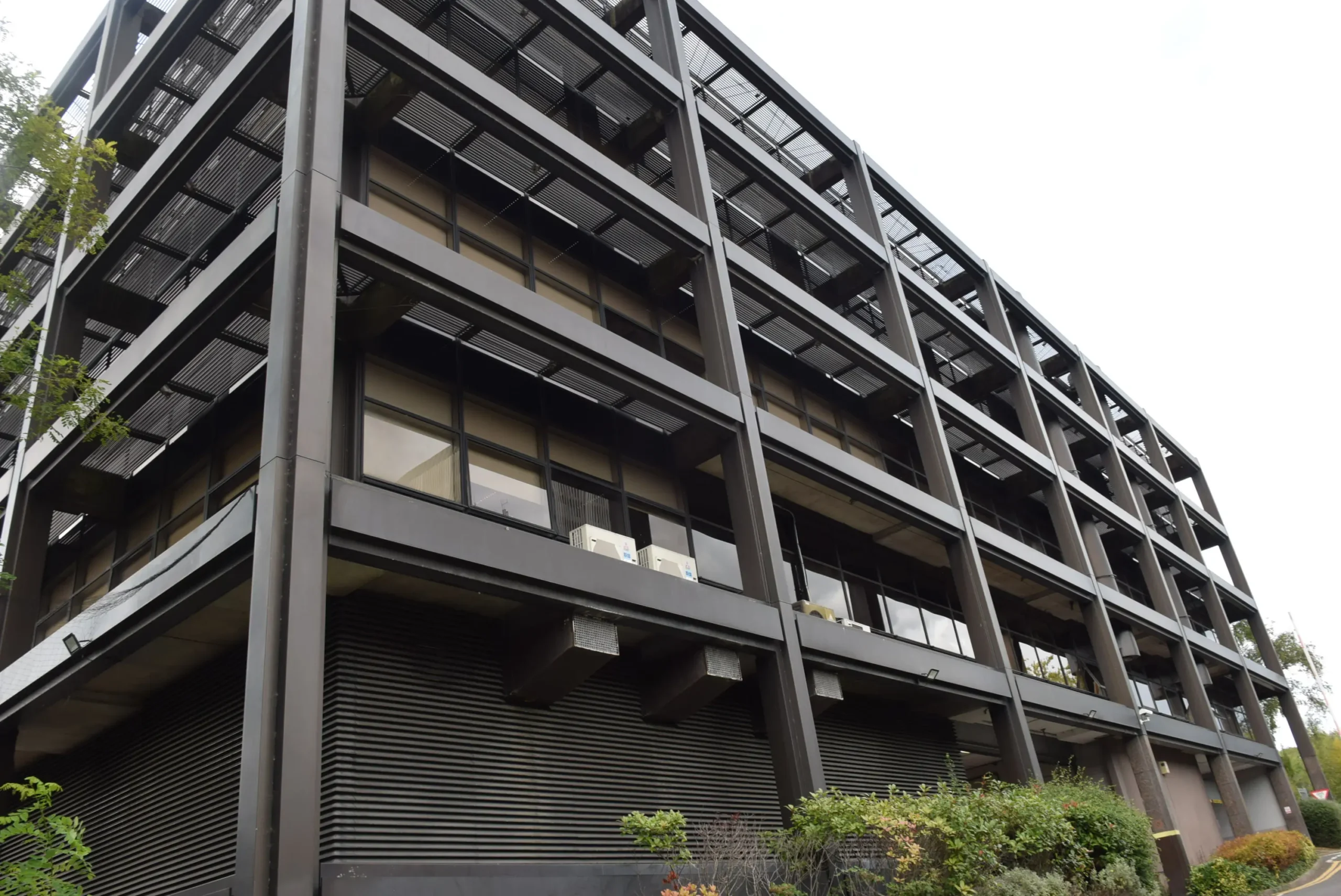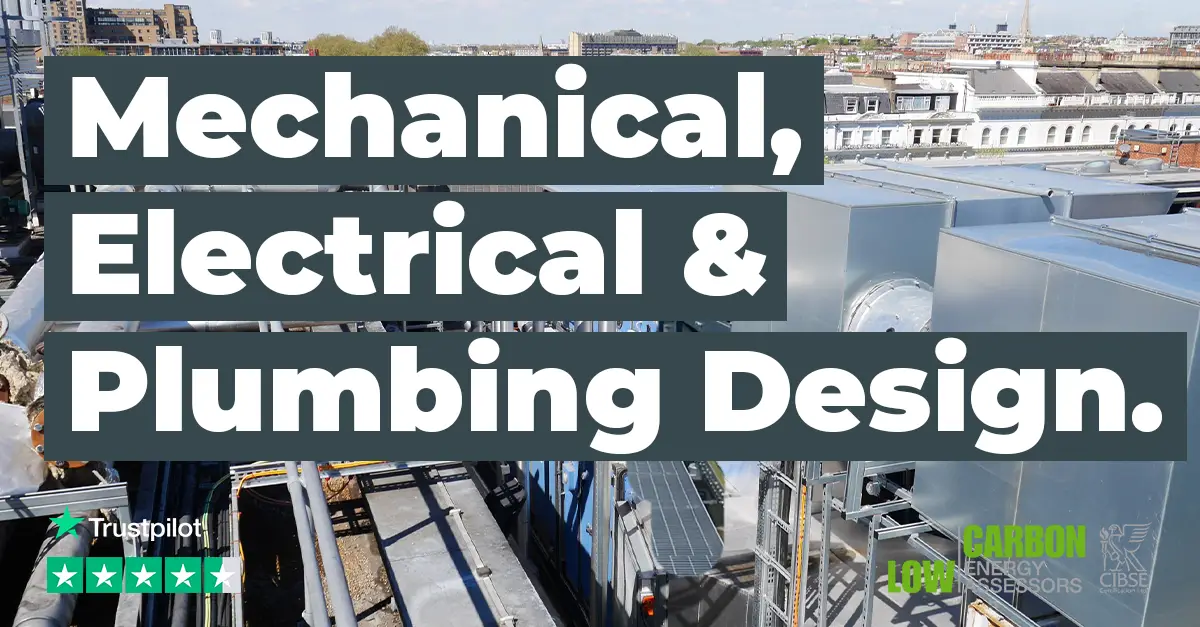As the construction industry evolves, staying abreast of the latest trends in MEP design is essential for creating efficient, sustainable, and future-ready buildings.

Trend 1: Integration of Smart Technologies
The adoption of Internet of Things (IoT) devices and automation is revolutionizing MEP systems. Smart sensors and controls enable real-time monitoring and optimization of building performance, leading to enhanced energy efficiency and occupant comfort.
Trend 2: Emphasis on Energy Efficiency and Net-Zero Buildings
With increasing environmental concerns, there’s a strong push towards designing buildings that consume minimal energy. Implementing high-efficiency HVAC systems, utilizing renewable energy sources, and adopting passive design strategies are becoming standard practices.
Trend 3: Prefabrication and Modular Construction
Off-site fabrication of MEP components is gaining popularity due to its potential to reduce construction time and waste. Modular systems allow for precise manufacturing in controlled environments, ensuring higher quality and faster on-site assembly.
Trend 4: Building Information Modeling (BIM) Advancements
BIM technology continues to evolve, offering more sophisticated tools for collaboration and visualization. The use of digital twins—virtual replicas of physical assets—enables predictive maintenance and performance optimization throughout a building’s lifecycle.
Trend 5: Focus on Indoor Air Quality and Occupant Well-being
Post-pandemic, there’s an increased emphasis on designing MEP systems that promote healthy indoor environments. Advanced ventilation systems, air purification technologies, and the use of non-toxic materials contribute to improved indoor air quality and occupant well-being.

The MEP design landscape in 2025 is characterized by technological integration, sustainability, and a focus on occupant health. Embracing these trends will be crucial for professionals aiming to deliver cutting-edge, efficient, and resilient building systems.

